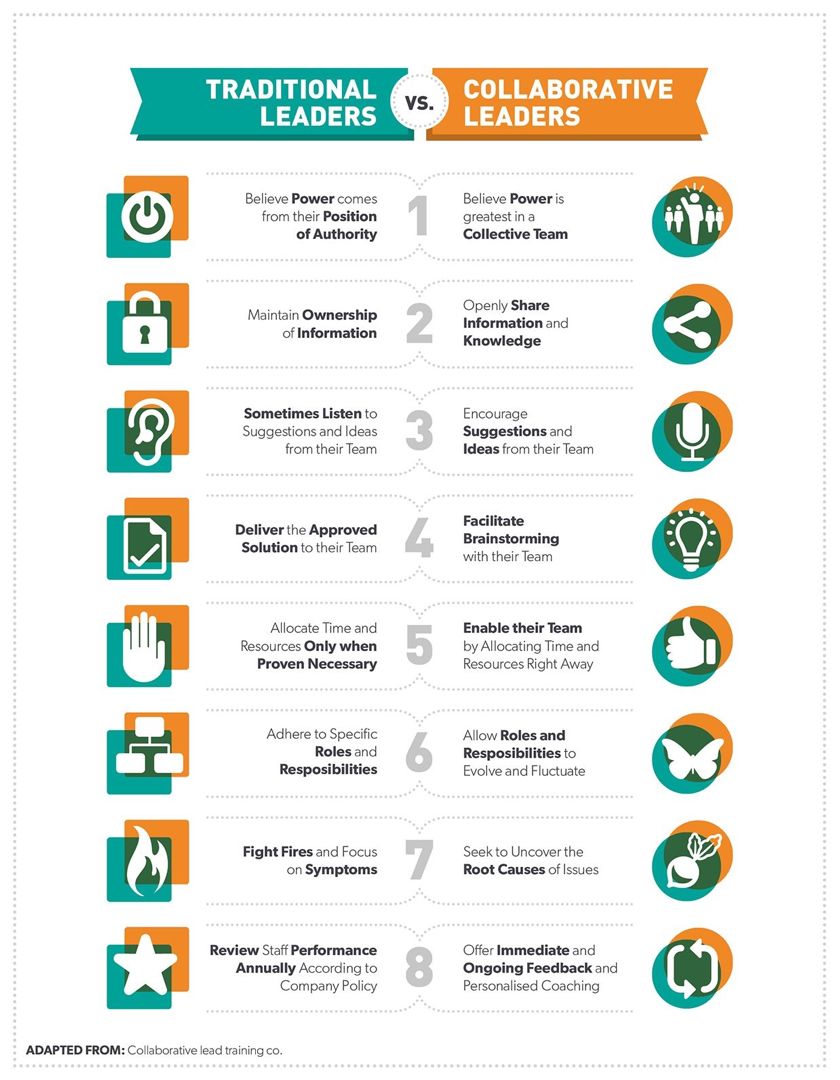The role of a leader is changing.
We live in a world where, for most businesses, the only sustainable competitive advantage is perpetual development.
Businesses that fail to deeply engage and involve their employees in the success of the business will eventually wilt and die.
According to a report by CEB;
“The new work environment and the need for greater enterprise contribution from employees make conventional approaches to leadership and leadership development incomplete and inadequate.”
page 11, Reframing leadership in a new work environment.
From this we must conclude that, to survive, businesses need leaders that can:
- Build and enable networks to maximise the employees contribution to the business.
- Create a work environment based on autonomy, empowerment, trust, sharing and collaboration.
- Produce the conditions for intelligent group decision making
- Enables leadership in others.

Some businesses have been disrupting the leadership model for decades – driving down responsibility and decision-making to the lowest possible level or creatively inverting the pyramid into upside-down business models, where leaders serve the employees.
On the other hand the concept of individual leadership has undergone a more recent transformation. This transition has made it clear that businesses with their mind on thriving are repositioning the unique role their leaders play in generating success. In short the role of CEO has moved from the one, to the many.
The role of leaders in the networked organisation is to create the conditions in which leadership itself can be delegated to a community of engaged employees. The most effective networks are largely self-managed thus paving the way for informal leaders to emerge within the network. Enabling the installation of autonomy to encourage creativity and to resolve, adapt and execute effective collaborative working.
“Leaders will guide employees on how to work more effectively in their networks, instead of directing what they do in their work”
page 20, Reframing leadership in a new work environment.
The best managers work hard to figure out the best way to get great outcomes by setting the appropriate context, rather than by trying to control their people.
This form of leadership requires new skills and, for many, a different mindset to that of the traditional leaders. It is a dramatic change to leadership, challenging basic assumptions around what it means to lead.
“It is perhaps the most challenging approach to leading practiced today. It requires character and commitment, courage , imagination and unrivalled staying power”
Clive W. Stevens - the new kind of leadership for tomorrow leaders, Forbes, June 2014.
The question we now need to ask is how do we create that new leadership and develop the kind of leader that can face these challenges?
In our next article, we will attempt to answer these questions and explore the effect of these changes on our approach to leadership development.